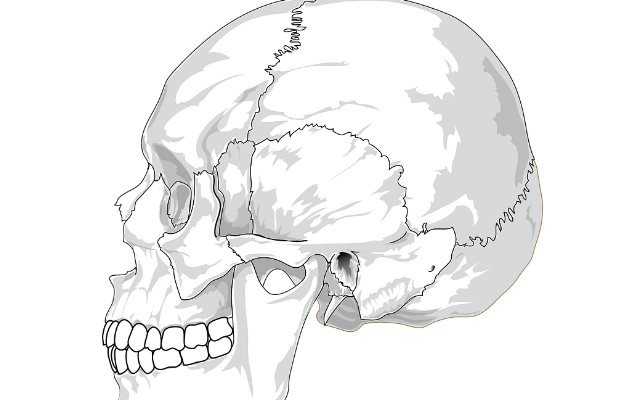What is Meige Syndrome?
Meige syndrome is a kind of dystonia, a form of neurological movement disorder characterised by the involuntary contraction or movement of the jaw, tongue, and muscles around the eyes (blepharospasm).
What are its main signs and symptoms?
Meige syndrome is mainly characterised by dystonia (oromandibular) and blepharospasm, which are also the main signs and symptoms of the condition.
- Oromandibular dystonia – This form of dystonia produces involuntary and forceful contraction of the jaw muscles including the tongue, making it difficult to make a voluntary movement with these muscles for activities like talking or eating.
- Blepharospasm – Blepharospasm defines the forced and frequent blinking or closing of the eyes with added irritation due to external stimuli such as wind, bright light, etc. The condition gradually results in an increased frequency of the contractions and spasms leading to a point where the person affected can have difficulty in even keeping their eyes open. Blepharospasm generally affects one eye (unilateral) at first and then the other (bilateral).
What are its main causes?
There are no certain causes of Meige syndrome. Some of the hypothesized causes of the disease are listed below:
- Malfunction of the network in basal ganglia – A defect in the brain cells which controls the involuntary movement including blinking of the eyes orchestrated by a region of the brain called the basal ganglia can result in Meige syndrome.
- Side effects – Certain drugs used in the treatment of Parkinson’s disease can result in certain side effects leading to the development of Meige syndrome.
How is it diagnosed and treated?
Due to the rarity of Meige syndrome, there is no definitive diagnosis for this condition. However, a neurology specialist can detect the symptoms and the patterns to diagnose Meige syndrome.
Anti-spasm pills may improve the condition over time.
Drugs such as clonazepam, trihexyphenidyl, diazepam, and baclofen are used for the treatment of Meige’s or Blepharospasm, but the results are often temporary or unsatisfying. In a recent study by the Food and Drug Administration (FDA), the drug botulinum has been defined for the treatment of blepharospasm and is the most common drug for the treatment of this condition. However, some patients don’t respond well to botox treatment.

 Doctors for Meige Syndrome
Doctors for Meige Syndrome 


















